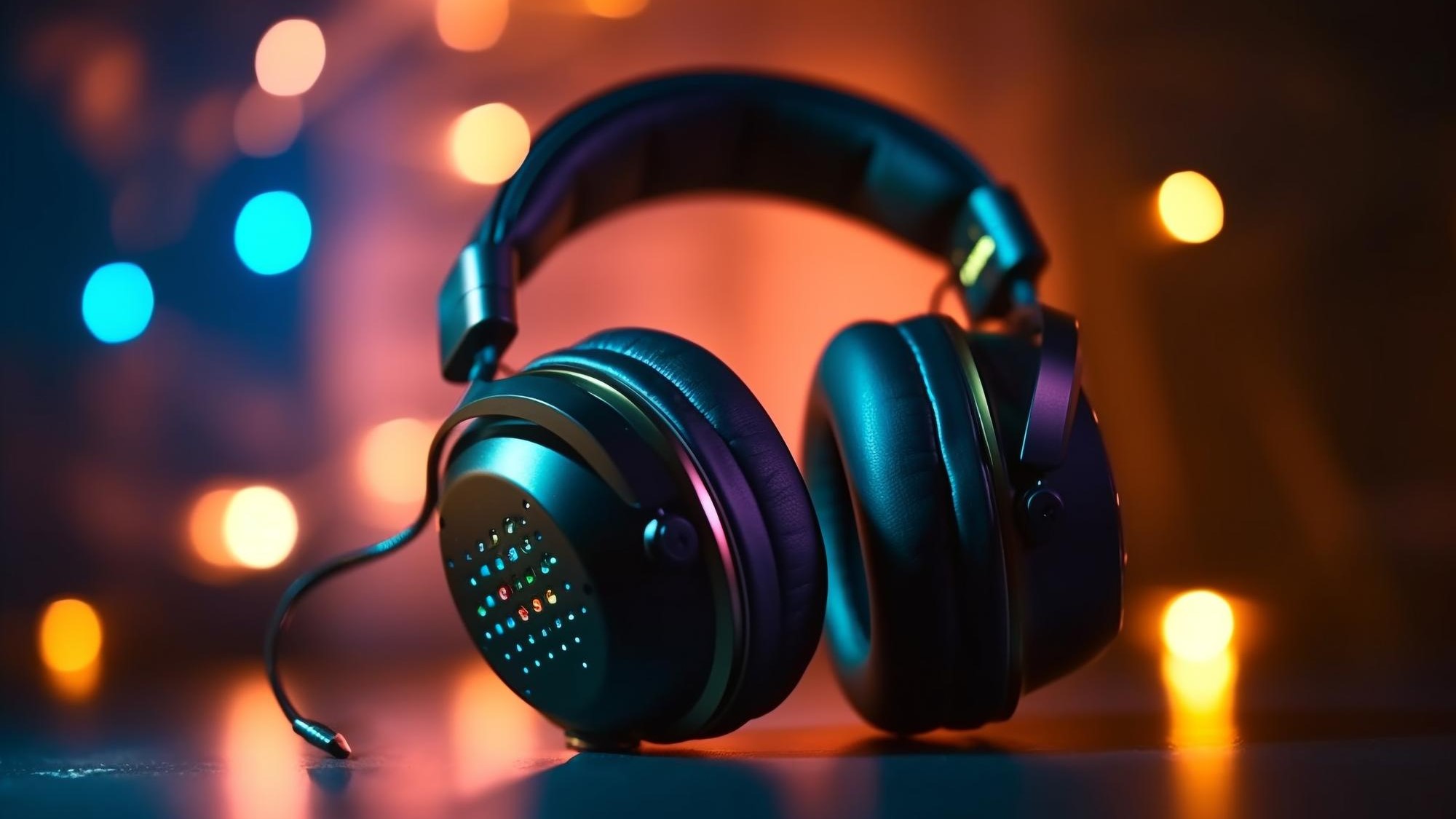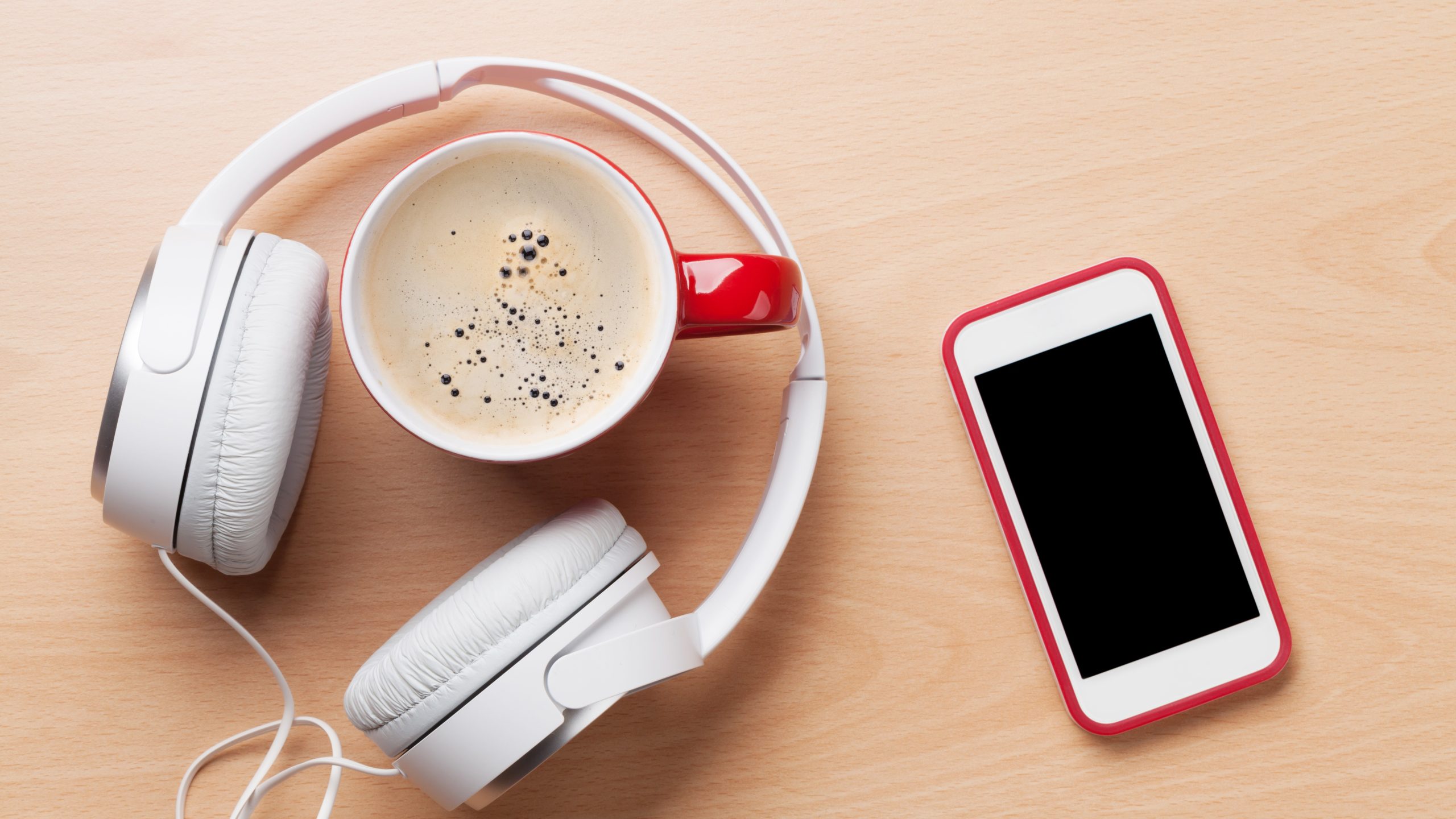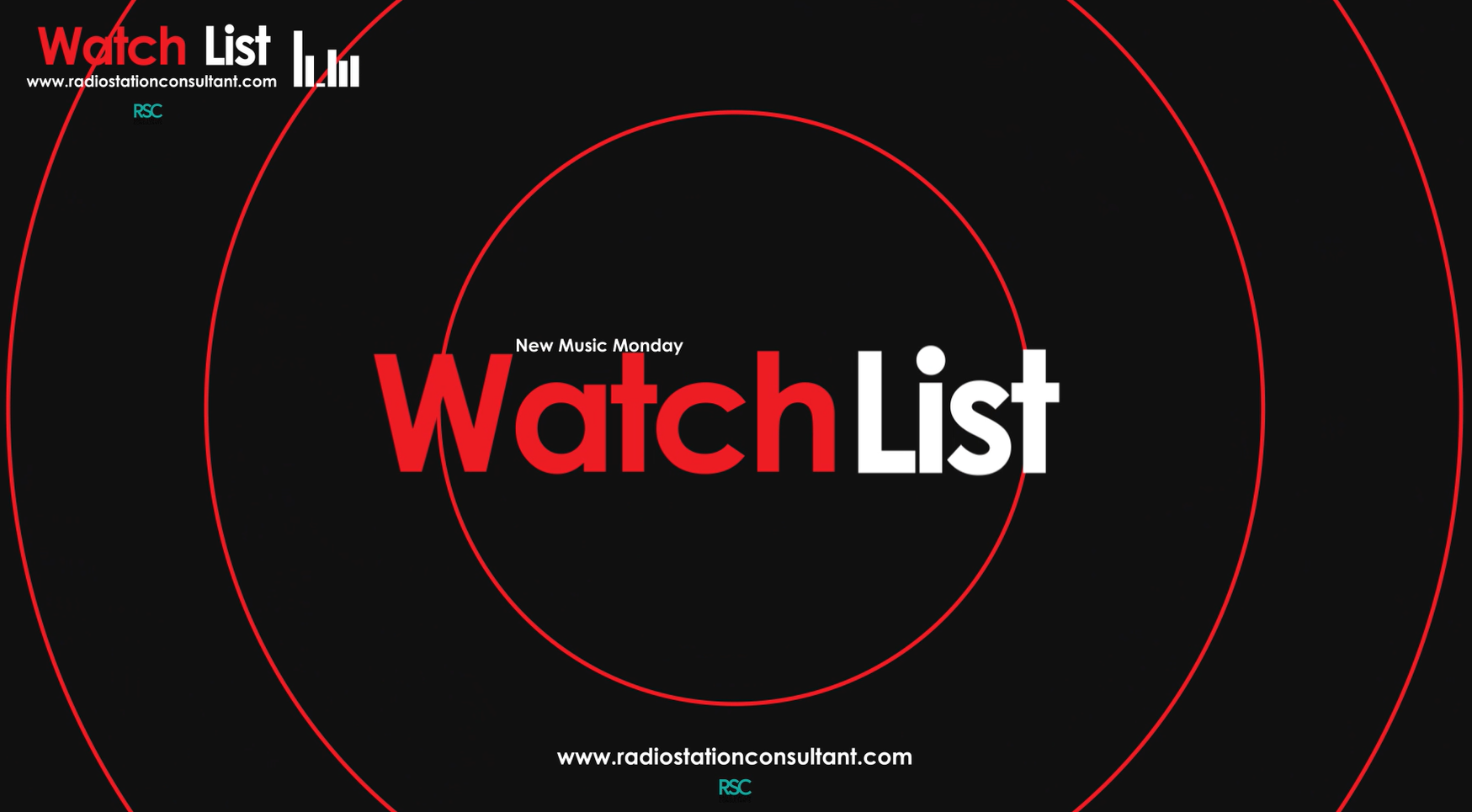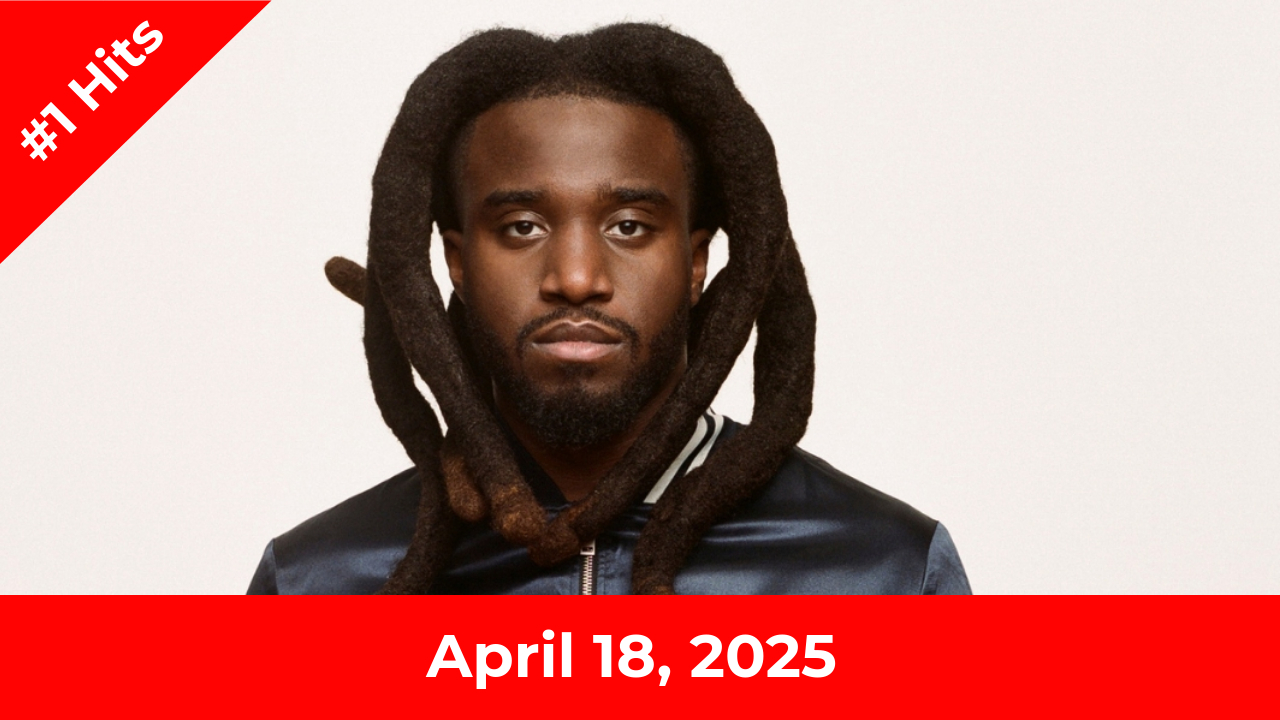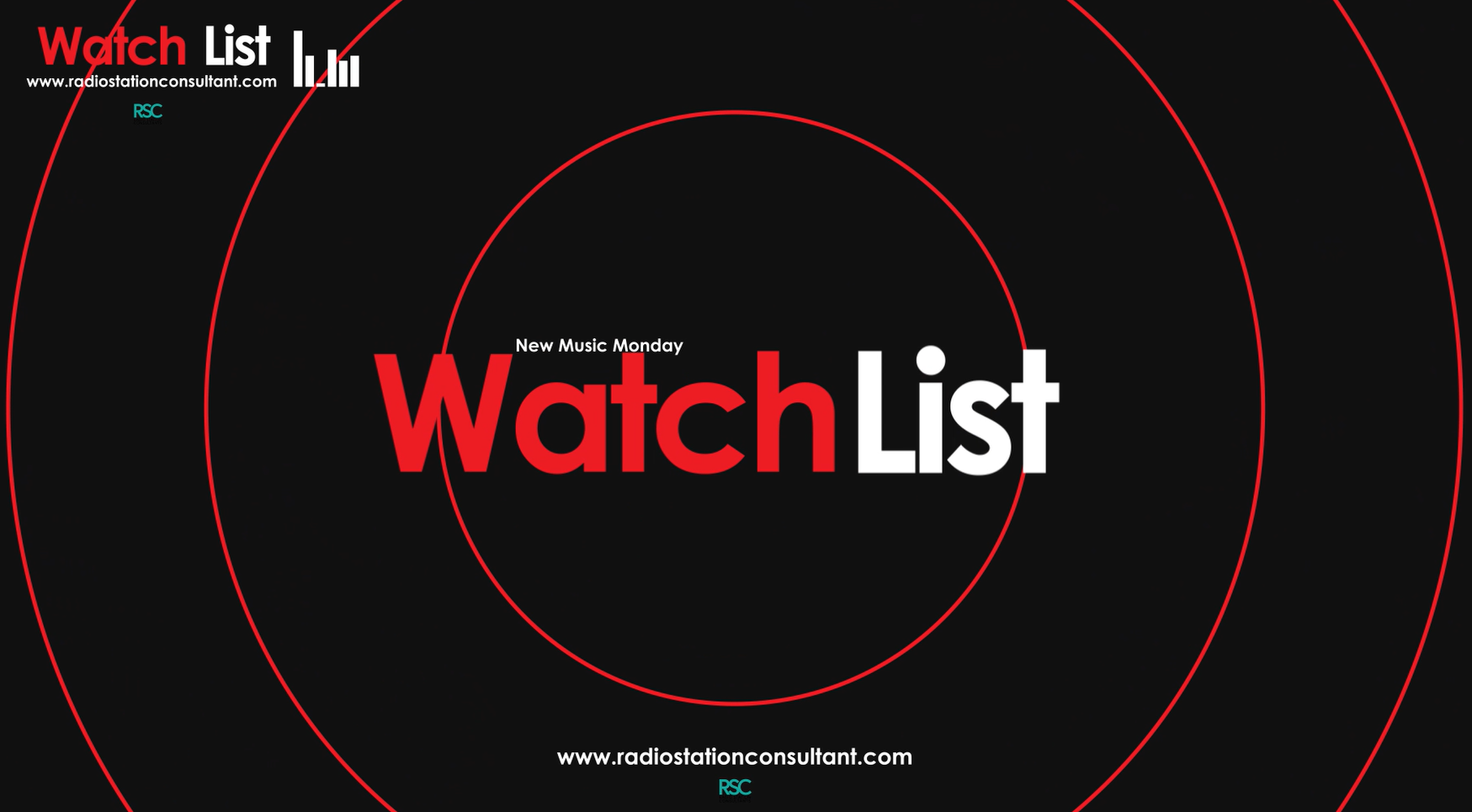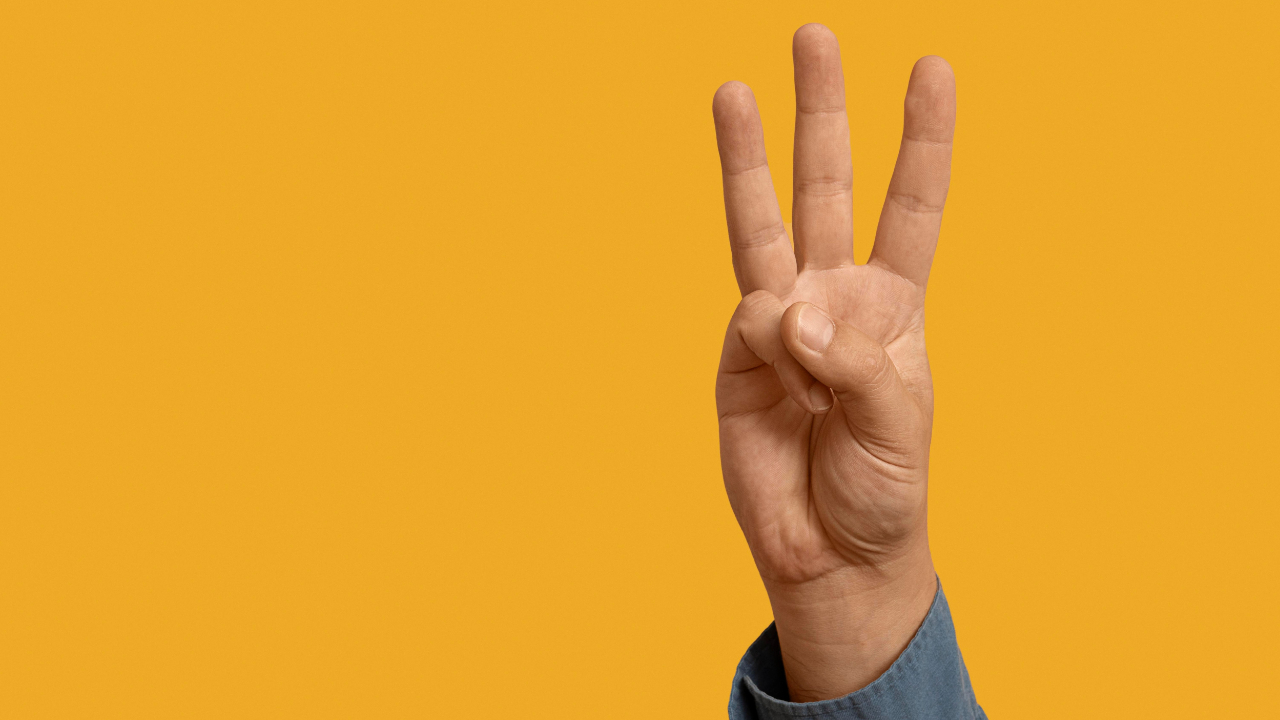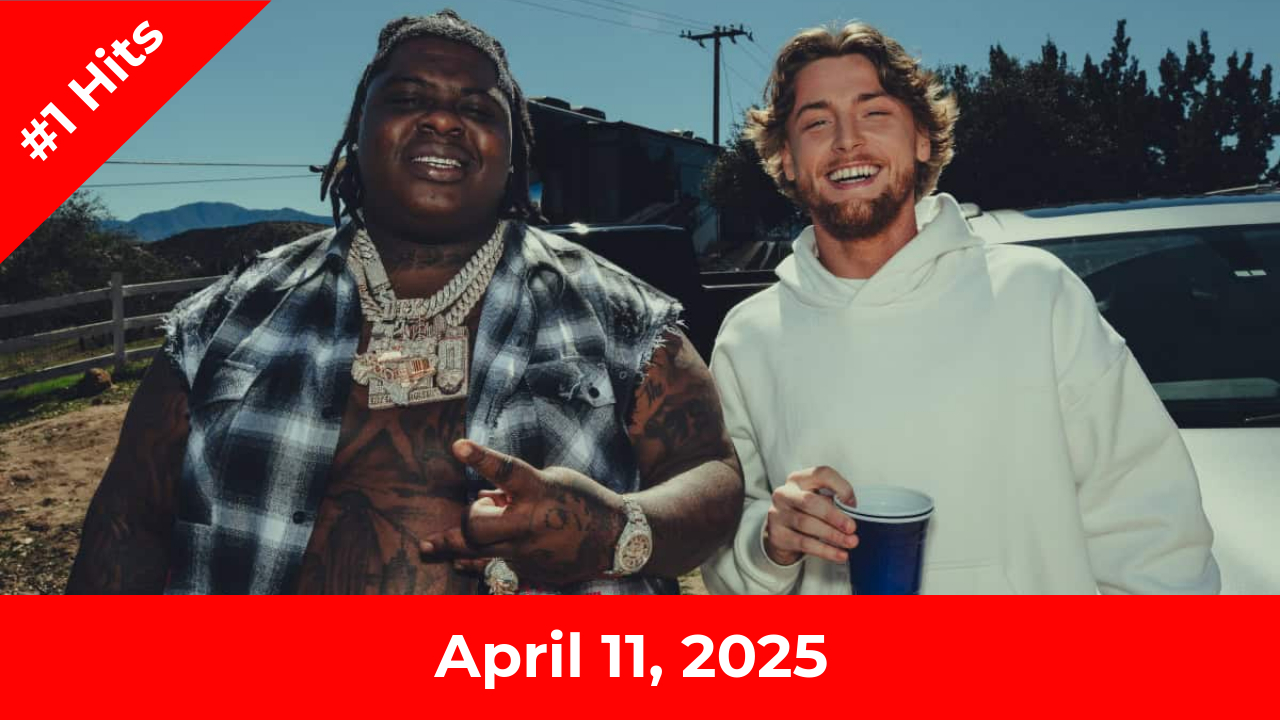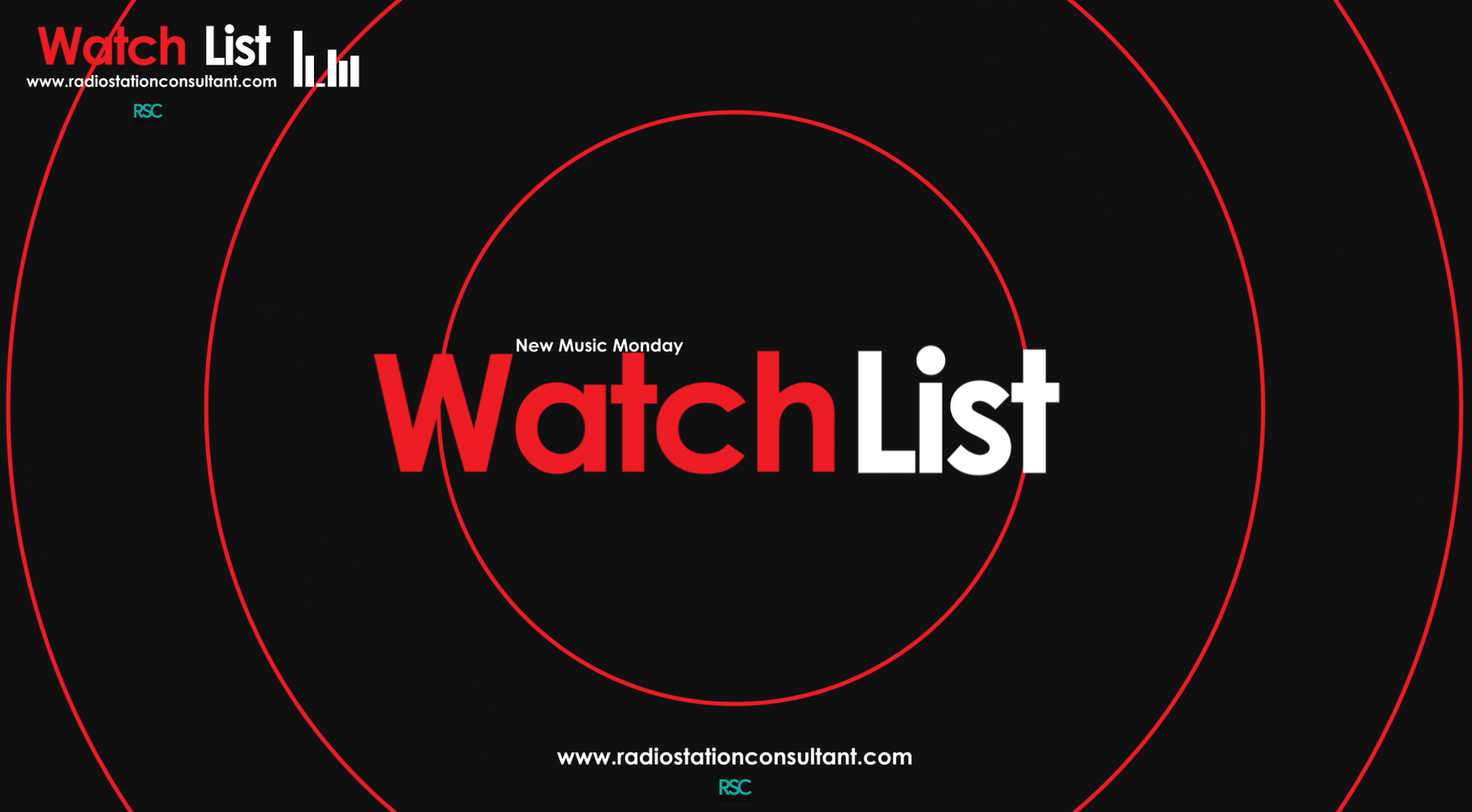The Ratings Game is flawed, but you already know that. It’s constantly evolving, and smart programmers learn to adapt. There are many problems that need to be addressed, and the Ratings overlords at Nielsen try their best to reflect as much reality into their process of estimating listening as possible. Two recent adjustments they’ve made is the headphone bonus and introduction of a new three-minute ratings credit policy. Smart programmers capitalize on this ratings hack and the benefits could be incredible.
Nielsen’s new three-minute rule for ratings credit awards a full quarter-hour of listening for just three minutes of listening. Details of how this impacts your programming are here. But wait, there’s more! The three minutes policy makes it possible for smart programmers to leverage a lesser-known rule to dramatically increase ratings because it opens the door for more shows to capitalize on the headphones bonus.
The Headphone Bonus
To their credit, Nielsen is addressing an ongoing issue of measuring listening via headphones or earbuds. Meters capture inaudible radio encoded on broadcast signals. One of the many flaws in the system has been the inability to account for audio not exposed to the meters. But how should this lost credit be calculated?
Nielsen inflates listening captured by the meters via digital stream, awarding an Average Quarter Hour (AQH) bonus of up to 75%. Unsurprisingly, data shows that Nielsen’s tactic in PPM markets has increased AQH. Of course, that was one of the goals.
This is particularly relevant because the number of people listening to all audio via online streams, smart speakers, and apps is rising, and personal listening to all audio sources is increasing. Here’s proof from Jacobs Media’s industry study of radio listeners.

The Impact on AQH
This has profound consequences. Every hour of listening to any audio stream is worth at least 90 minutes (the lowest bonus is 50%) and as much as 105 minutes (75%)!
It’s more valuable to attract online listening than over-the-air tune-in.
The Headphone Bonus may not fix the decline in radio listening, but programmers have to play the game based on the rules of the game.
Every Station Should Do This Immediately
This is a major development with massive potential repercussions for radio programmers. At a minimum, every station in a PPM market should immediately make moves to compete for the headphones bonus:
Stream encoded audio. Many stations are not. They assume that the stream is, too, since the over-the-air signal is encoded. You aren’t getting credit for online listening if it’s not encoded.
Convert digital streams to Total Line Reporting. Stop separating the online feed during stop sets. Splitting the signal may add a few pennies in extra revenue from ad insertion, but it could cost tens or hundreds of thousands of dollars in potential rating gains. A Top 10 station’s AQH Rating rose from .2 to .3 (a 50% AQH Rating increase) in one month with the headphones bonus and Total Line Reporting.
Turning on the stream should be easier. De-clutter the website and make that play button big and bold in as many places as possible.
Make it easy to listen to all apps. Invest in smart speaker skills, then promote aggressively so listeners know how to hear your station. Remember, all digital listening gets the rating bonus. Better yet, buy multiple skills to make it easy to listen to on-demand content for popular features. Promote “Alexa, play Second Date Update” to deliver on-demand listening that credits the original quarter-hour (see next tip).
Spike on-demand listening. On-demand listening within 24 hours is credited to the quarter-hour it originally aired, and that listening is bonused, too. Here’s how to take advantage of it.
Once those adjustments are made, take the next step.
Promote!
Online marketing is inexpensive, easy to target, and the right Call-to-Action (CTA) causes an immediate response. But now, there’s a bonus for every meter delivered to the online stream or on-demand audio. Promote specific content with an urgent CTA. For example:
Time-Specific Ads: Target ads to highlight special features airing right now or in the next few minutes. This is particularly effective for popular benchmark features on a personality-based show and special music programming, such as a lunchtime 90s at Noon feature, an All-80s Weekend, or an artist tribute.
Promote Contests: Design specific ads to appear at specific times to drive tune-in right now to win. Also, consider reimagining contests and promotions to give away more prizes in a shorter period of time. Blowing out all of your concert tickets in one hour could drive more listening (and attention) than giving them away at various times all week.
Promote On-Demand Audio: Buy online ads to hear a hilarious prank call from this morning’s show or the talk host’s take on a hot topic. A few dollars can drive big AQH gains.
Promote On-Air: Imagine driving a current on-air listener to tune in to an on-demand feature. It no longer matters if they turn off your live stream to hear audio-on-demand. You still get credit.
Conclusion
The Headphone Bonus may or may not be a good idea, but it’s a new wrinkle in the ongoing moving programming target to ratings game. Smart programmers, personalities, and marketers will apply these techniques to reap the benefits of the headphones bonus aggressively.
Pic designed by vecstock for Freepik.com.
Tracy Johnson is a talent coach and programming consultant. He’s the President/CEO of Tracy Johnson Media Group. His book Morning Radio has been described as The Bible of Personality Radio and has been used by personalities worldwide.


